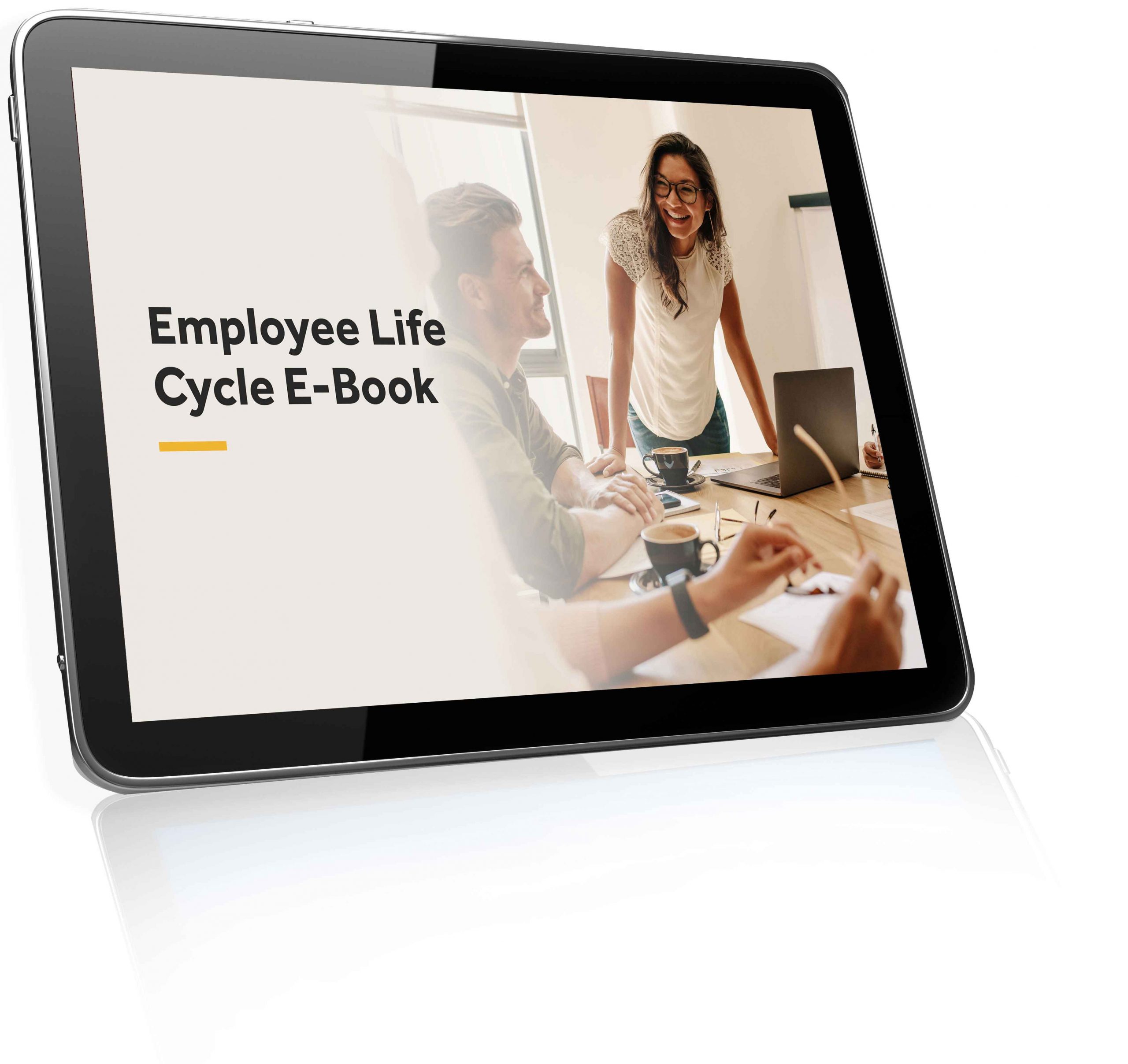
For businesses that harness the power of age diversity, having employees of different ages is a source of strength. Explore what workplace age diversity is, its benefits, and the steps you can take to turn your workforce into the perfect mix of generational talents.
What is age diversity?
The term age diversity refers to the acceptance and celebration of people of different ages. This involves promoting equal opportunities for a full spectrum of people, regardless of how old or young they are.
The word ‘diversity’ is readily associated with nationality, ethnicity, religion, sexuality and gender, but age is every bit as important when it comes to creating a fair society that treats people evenly.
The growth of age diversity relies on:
Changing the way people think about different age groups, removing unreasonable assumptions and prejudices.
Taking practical steps to ensure that society is inclusionary and offers equal opportunities to people of all ages.
Why is age diversity in the workplace important?
Research by the Australian Government has shown there is a direct relationship between greater workplace diversity and increased business performance.
It comes as no surprise that building an age diverse workforce is a powerful enabler of productivity. Embracing both younger and older workers creates a positive, inclusive culture, empowering a range of people to contribute their unique skills and perspectives.
Additionally, there is the ethical importance of promoting age diversity in the workforce. Modern day businesses are responding to the need to support equal opportunity and hire employees based on merit, rather than assumptions about personal attributes.

Is your Employee Lifecycle optimised?
If you’re hoping to increase the age diversity of your workforce, it’s essential to retain staff for as long as possible by optimising your Employee Lifecycle.
Attract great staff, reduce employee turnover and improve productivity in your business with our FREE Employee Lifecycle E-Book.
What does age diversity look like in the workforce?
Believe it or not, there will be many workforces in Australia in which five generations of employees work side-by-side.
| Generation | Year of birth | Employee age range in 2023 |
| 1st Generation Baby Boomers | 1946 – 1954 | 69-77 |
| 2nd Generation Baby Boomers | 1955-1964 | 59-68 |
| Gen X | 1965-1980 | 43-58 |
| Millennials | 1981-1996 | 42-27 |
| Gen Z | 1997 to present | 15-26 |
By now, you might be wondering what a workforce with such a mix of age groups would look like.
Imagine a workforce in which older staff are able to share their hard-earned knowledge, experience and skills with younger employees, effectively preparing the company’s next generation of talent.
Alternatively, Millennials and members of Gen Z who have been raised with an electronic device in their hands might share the latest digital skills with older employees.
Younger employees might also bring fresh viewpoints to the table, leading to “outside of the box” thinking, original solutions and innovative business strategies.
What are the benefits of an age diverse workforce?
If you’re still not sold on the value of increasing the age diversity of your workforce, it’s worth considering the following benefits:
✔ Diversity of skills and ideas – Bringing a range of age groups together in the workplace allows different perspectives and capabilities to spread through your organisation. With your customers likely to be a variety of ages, you’ll be better placed to identify with them.
✔ Mentoring opportunities – In order to maximise on the mix of skills among your teams, you might choose to build mentoring programs that allow the different age groups to develop one another.
✔ Increases innovation – Age diversity can take your business’s innovation to the next level. If you want unique ideas, draw inspiration from as many different age groups as possible.
✔ Improved employee retention – With opportunities for workers of all ages, your company is likely to improve its employee retention rates. Depending on how much you lean into age diversity, your business could become a lifelong employer.
✔ Productivity – All these benefits combined can create a healthy culture, raising productivity and helping to give your business the foundations for a sustainable future.
How do you promote age diversity in the workplace?
If you’re keen to reap the benefits of age diversity in your business, here are five practical steps you can take to welcome workers from a range of generations:
Make your recruitment strategy age-inclusive: Age diversity can be increased at the hiring stage by using skills testing and requesting resumes without a date of birth. This helps HR teams make choices based on merit rather than age.
Offer internship and apprenticeship programs: Integrating internships and apprenticeships into your skills development program ensures younger candidates have a viable pathway into your business.
Provide digital skills support for older employees: While some older employees will be tech-savvy, it’s vital to provide adequate training and support for those who aren’t. Every business should play its part in reducing the generational skills gap.
Mix up your teams: Having a healthy mix of ages throughout your teams can help to increase the level of interaction between older and younger employees and foster an inclusionary workplace culture.
Improve your employee lifecycle: By enhancing your employee lifecycle from end-to-end, you can create an environment that employees thrive in long-term. This reduces the need for them to seek out new opportunities when they reach a particular age.
Frequently Asked Questions
What is age discrimination in the workplace?
Age discrimination in the workplace occurs when somebody is treated less favourably, or not given the same opportunities as others, because they are considered too old or too young.
In Australia the Age Discrimination Act 2004 (ADA) prohibits workplace discrimination based on a person’s age.
What is an example of age discrimination in the workplace?
Here are some examples of age discrimination you might encounter in a professional setting:
- – A business advertising a role in ‘young, dynamic team’.
- – Not hiring younger workers on the assumption they’ll quickly move to another job.
- – Not hiring mature-age workers on the assumption they’ll soon retire.
What is ageism?
In the simplest terms, ageism is the thought process that underpins age discrimination. Ageist thinking tends to favour certain generational groups and undervalue others, representing a form of prejudice that is normally based on unrealistic stereotypes and assumptions.
Employsure helps thousands of businesses maintain happy, healthy and harmonious environments where people can perform their best work. If you need trustworthy workplace relations or health and safety advice, our FREE 24/7 Advice Line is available to all Australian business owners. Call 1300 651 415 today to get all your questions answered.
Please note this article is intended to offer general information only. Before adjusting your business policies, practices or procedures, be sure to seek advice from a professional Human Resources expert.
